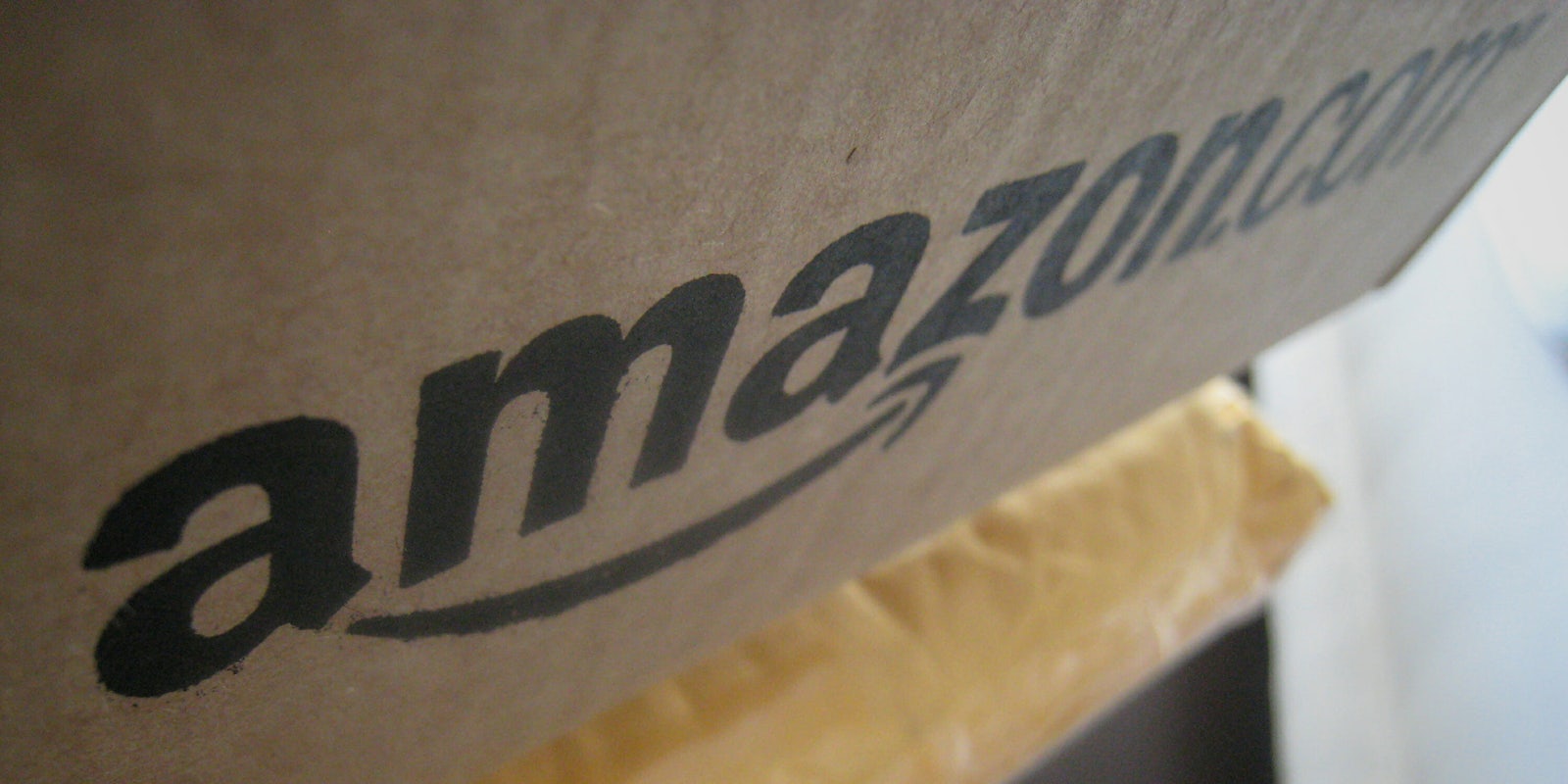Online retail giant Amazon announced a new feature Thursday that will allow Prime members to pick a weekly delivery date for all their orders.
Dubbed “Amazon Day,” the option aims to not only give customers better control over when their packages arrive but to reduce the number of boxes used by the company.
Maria Renz, Vice President of Delivery Experience at Amazon, stated in a press release that the new initiative was able to reduce “packaging by tens of thousands of boxes” during initial testing.
“Prime members can now choose to get their orders delivered together in fewer boxes whenever possible on the day that works best for them,” Renz said. “We’ve been testing this program with a group of Prime members and Amazon Day has already reduced packaging by tens of thousands of boxes – a number that will only continue to grow now that the program is available to Prime members nationwide.”
To use the feature, Prime members must simply select “Amazon Day” during checkout before choosing which day they prefer. Those wishing to have items delivered faster, however, can still choose the two-day, one-day, or same-day shipping options when available.
Amazon Day is also part of the company’s larger Shipment Zero program, an initiative that seeks to make 50 percent of its shipments net zero carbon by 2030. Other sustainability efforts include the company’s wide array of solar and wind farms as well as its Frustration-Free Packaging program.
While Amazon has touted the new delivery option as its latest move towards a greener company, Amazon Day is most likely aimed at reducing its skyrocketing Prime delivery costs.
According to Business Insider, Amazon’s fulfillment expenses reached “$25.2 billion in 2017, up 43% from 2016,” and could hit “$43.3 billion in 2019.”


